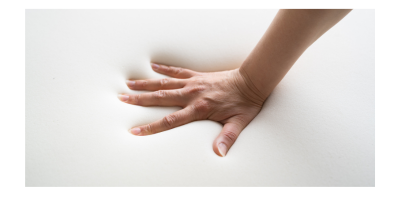Introduction
When it comes to comfort, one material has revolutionized the way we experience relaxation: foam. Whether it’s in our mattresses, cushions, or even in our footwear, foam has become a staple in providing unparalleled comfort and support. Have you ever wondered what makes foam so incredibly comfortable? In this blog post, we’ll delve into the science behind foam comfort and explore the fascinating properties that make it a go-to choice for ultimate relaxation.
Cellular Structure
At the heart of foam’s comfort lies its unique cellular structure. Foam is made up of millions of interconnected air-filled cells, creating a porous and elastic material. These cells provide cushioning and distribute pressure evenly, allowing for a customized and contouring experience. The ability of foam to conform to your body shape is what makes it so comfortable, as it reduces pressure points and provides support where it’s needed most.
Viscoelasticity
One particular type of foam that has gained immense popularity in recent years is viscoelastic foam, commonly known as memory foam. What sets memory foam apart is its viscoelastic properties. When pressure is applied to memory foam, it responds by softening and molding to the shape of the object or body. This responsiveness is due to the heat and pressure-activated properties of memory foam, allowing it to adapt to individual body contours and provide a personalized comfort experience.

Pressure Relief
Foam’s ability to alleviate pressure points is crucial for achieving optimal comfort. As you lie on a foam mattress or sit on a foam cushion, the material distributes your body weight evenly across its surface. This reduces the strain on specific areas like the hips, shoulders, and lower back, preventing discomfort and promoting better sleep quality. By eliminating pressure points, foam enables you to wake up feeling refreshed and rejuvenated.
Motion Isolation
Another benefit of foam comfort is its excellent motion isolation properties. Whether you share a bed with a partner or have a restless pet, foam can minimize the transfer of motion. The cellular structure of foam absorbs and dampens movement, preventing disturbances from spreading across the surface. This means that even if your partner tosses and turns throughout the night, you’re less likely to feel their movements, ensuring an undisturbed sleep.
Temperature Regulation
Foam comfort extends beyond just its ability to conform to your body. Many foam products are designed with temperature-regulating features. Advanced foams incorporate gel infusions, open-cell structures, or phase-change materials that help dissipate heat and maintain a cooler sleep environment. By keeping you cool and comfortable, foam products enhance the quality of your sleep, allowing for a more restful night’s rest.
Conclusion
The science behind foam comfort is a testament to the continuous advancements in materials engineering. The cellular structure, viscoelastic properties, pressure relief, motion isolation, and temperature regulation all contribute to creating a truly luxurious and comfortable experience. Foam has undoubtedly revolutionized the way we approach comfort, from mattresses and cushions to footwear and beyond. By understanding the science behind foam comfort, we can make informed decisions when selecting products that enhance our well-being and quality of life. So, the next time you sink into a foam mattress or enjoy the cushioning of a foam seat, take a moment to appreciate the fascinating science that lies beneath, supporting your relaxation and comfort.







